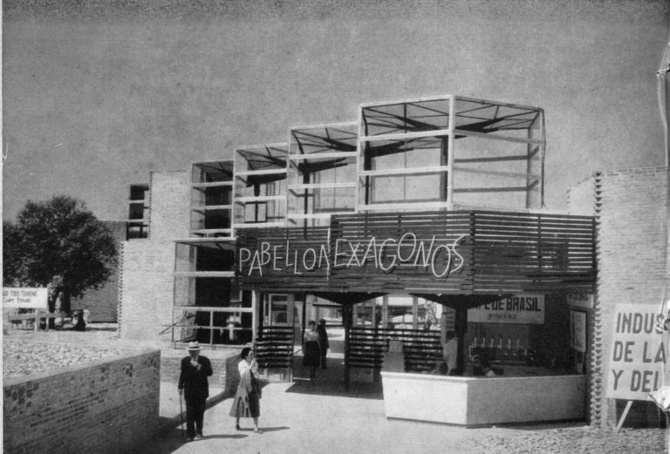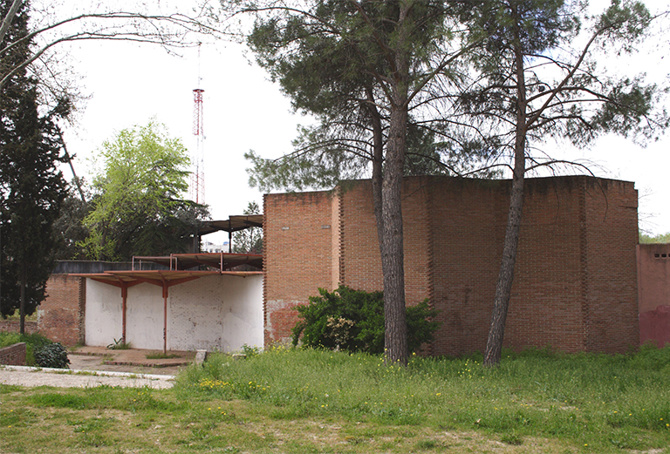Loading...
Itinerary
During the month of October 1952, some of the most important architects, town planners and historians of our country held a conference in the Alhambra in Granada to discuss the state and immediate future of Spanish architecture. The conclusions of the conference were published a few months later in the Manifiesto de la Alhambra (Manifest of the Alhambra), a book that defended the need to position architecture in its historical moment and, therefore, the urgency of abandoning the traditionalism promoted by Franco's regime in favour of a modern architecture in keeping with its time. Unlike the texts that had driven international modernity a few decades earlier, however, the manifesto did not advocate a break with tradition, but identified the modern spirit with an attentive reading of place, its materials and its history. Hence the connection with a monument, the Alhambra, which embodied the mixture of continuity and renovation that the signatories linked to quality in architecture.
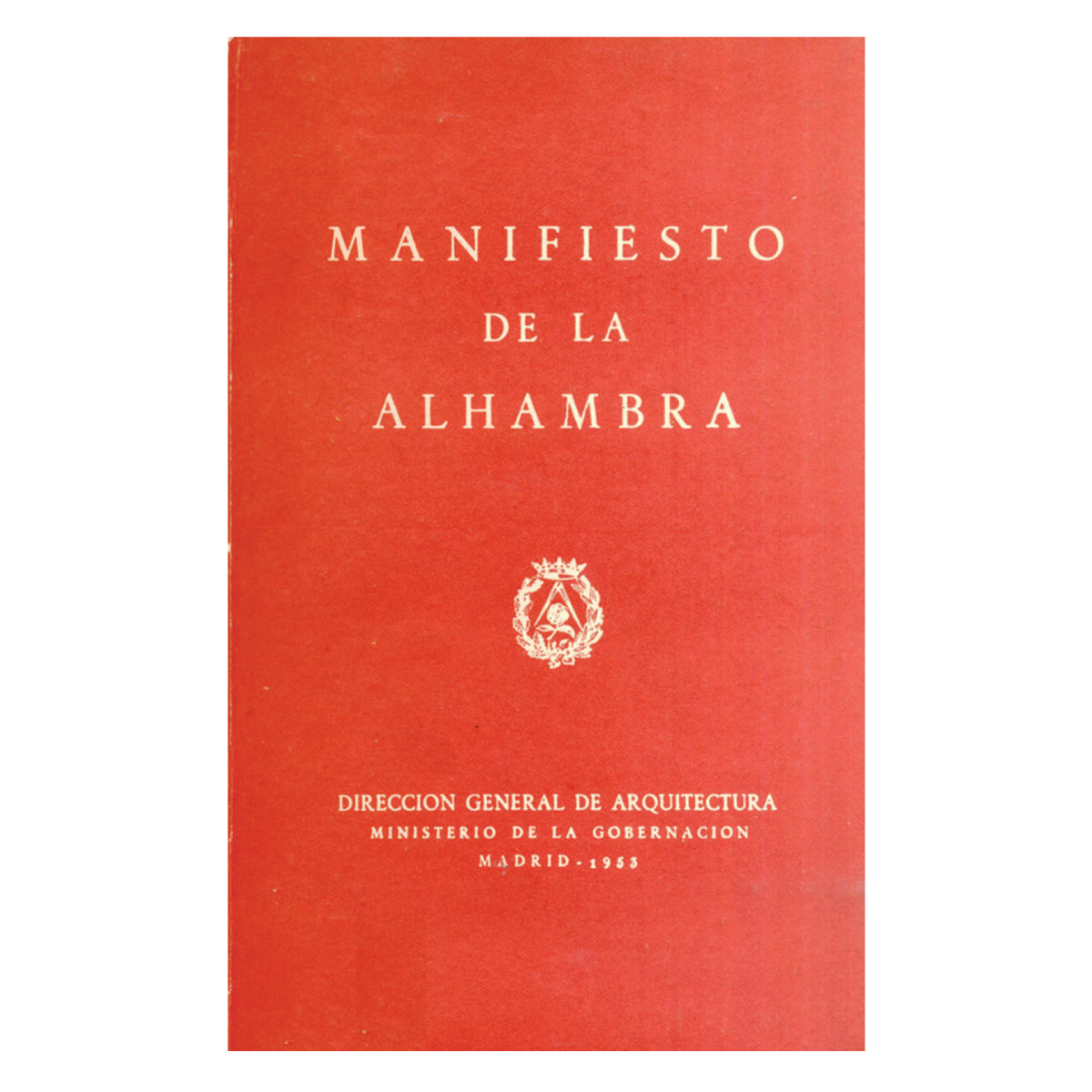
Itinerary curated by
Ministry of Transport, Mobility and Urban Agenda (MITMA)
Ministerio de Vivienda y Agenda Urbana
Means of transport
This connection also had a political function. The ultimate aim of the manifesto was simply to encourage institutions to value and promote modern architecture, something that involved detaching it from the rupturist connotations that had driven it a few years earlier. Thus, the connection of modernity with Spanish history, materials and building techniques was fundamental in changing the Franco administration's perception and eventual acceptance of modern architectural principles.The buildings selected for this itinerary speak to us precisely of this change of perception, as well as of the particular manifestation of modernity in Spanish architecture from this decade onwards. As the Casa Ugalde and the Casa Oswald in Puerta de Hierro, the work of Matilde Ucelay, the country's first female architect, show, it is marked by attention to the place and her building traditions.
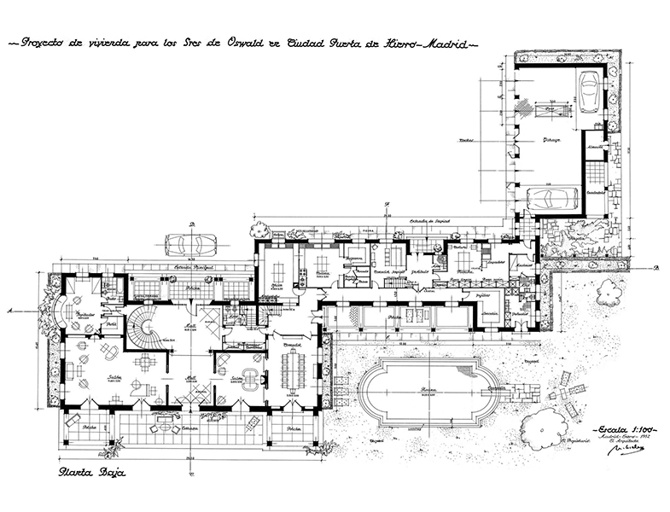
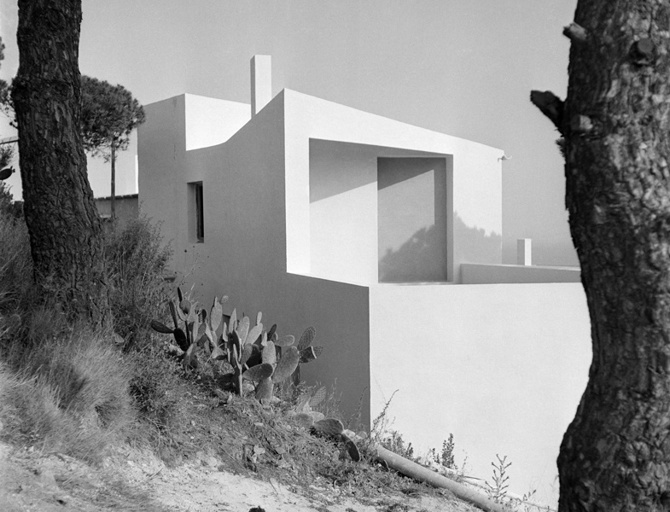
The institutional transition to modern architecture was not simultaneous, but occurred in a staggered manner depending on the administration. In fact, three years before the publication of the Alhambra Manifesto, the National Institute of Colonisation had already declared the need to recover modern principles for the development of the Colonisation Villages, after a first stage unsuccessfully devoted to the promotion of popular architecture and vernacular symbology. Thus, the settlements planned from the 1950s onwards would introduce central issues of the modern project in our country: industrialisation, minimal housing, repetition and the integration of the arts. In this sense, examples such as the Colonisation Village of Vegaviana, in Cáceres, or the Colonisation Village of Esquivel, in Seville, are among the most significant contributions of Iberian architecture to the development of these issues.
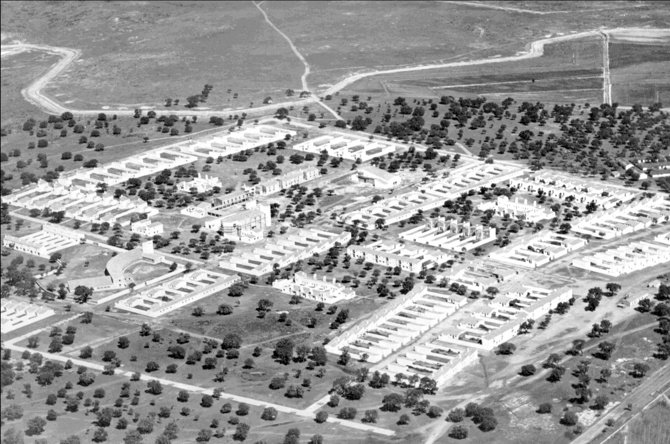
Other institutions would take a few more years to implement this change of direction. This is the case of the Ministry of Labour and its Labour Universities, whose first constructions in the middle of the decade, in Gijón and Córdoba, tried to give shape to the Falangist ideology and the diffuse glory of the national past. From the 1960s onwards, however, this institution would also turn towards modernity in its architectural initiatives until it developed, as in the Labour University of Cheste, some of the most ambitious modern projects in our territory. By then, the Labour Institutes, promoted in this case by the Ministry of Education, had amply demonstrated the relevance of rational and careful architecture for the training of students in projects as precise as the Labour Institute in Daimiel (Water and Wetlands of La Mancha Interpretation Centre), or the Ramón Berenguer IV Ramón Berenguer IV Secondary School in Amposta.
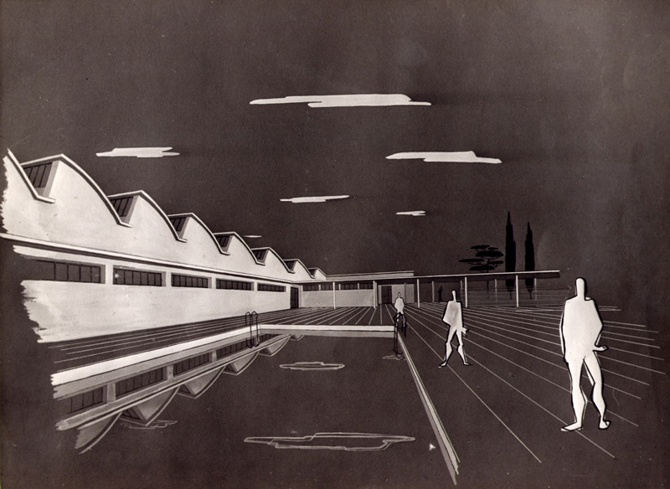
However, it was in Barcelona that the educational building that most clearly signified the institutional transition towards modern architecture in Spain was erected. The Faculty of Lawt, Universitat de Barcelona, inaugurated in 1958, continues to fulfil its mission today thanks to its programmatic sensitivity, adaptability and constructive rationality. Oriol Bohigas went so far as to state that this was "the first modern and civilised public building built in Catalonia after the war," a statement as questionable as it is indicative of the weight of the project in the imagination of Spanish architects over the following decades. In this sense, the Faculty of Law is also a manifesto of the capacity of modern techniques and language to take root in the place and define its history, perhaps reversing the sense of temporal continuity advocated in the Manifiesto de la Alhambra.
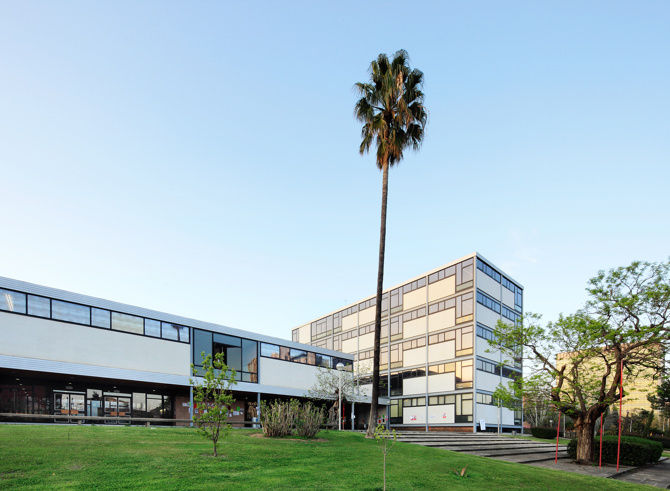
The last building on this itinerary shows us the difficulty of this inversion or, to put it another way, how difficult it would be to root in our territory an architecture conceived from the point of view of technique, versatility and abstraction rather than from a careful reading of its place of construction. At the same time as the inauguration of the Barcelona faculty, the pavilion presented by Spain at the 1958 Expo was inaugurated in Brussels, a lightweight construction made up of 130 hexagonal modules that could be grouped in different ways to adapt to a variety of contexts. Its audacity and qualities promoted its permanence beyond the limits of the universal exhibition and, once it came to an end, the building was dismantled, packed up and moved to Madrid, where it was reassembled in a new configuration to adapt to the conditions of its new site in the Casa de Campo. However, after a decade of use for the Feria del Campo (Campo Fair) and a second adaptation as the Pavilion of the Ministry of Agriculture, the building was abandoned, remaining since then as a built witness to the complex position of modern architecture with the history of our country.The recent refurbishment of the building, which still has no defined use, is keeping the current state of this witness in suspense.
